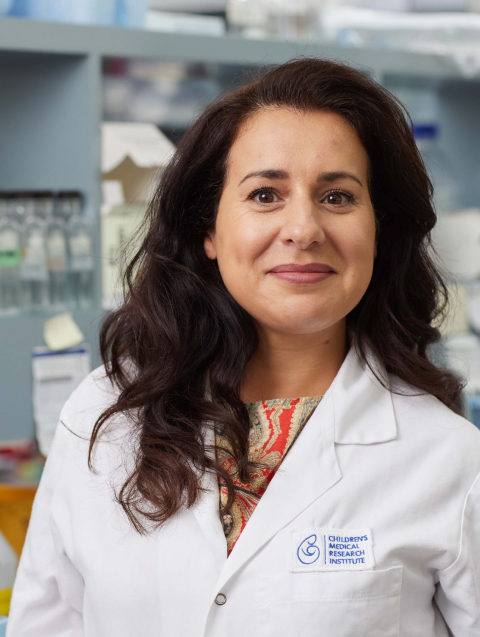Project Aim
To design a vision prosthesis and conduct animal testing to evoke cortical responses consistent with visual perception.
Project Results and Impact
The design work and animal testing of our vision prosthesis was successfully conducted in 2006 and 2007. Using both optical imaging of the visual cortex and recordings from a multi-channel electrode array we have demonstrated the ability of the device to consistently evoke cortical responses consistent with visual perception. More recently we have shown that with the surgical approach we have taken (suprachoriodal placement) and hexagonal electrode arrays used, we can provide localised phosphene responses consistent with the perception of multiple visual percepts.
In simple terms we have placed electrodes behind the retina and connected these to our neurostimulator. We have then recorded activity on the visual cortex of the animal (the part of the brain that processes visual inputs). Using either optical imaging responses (whereby we look at changes in blood flow associated with the brain becoming more active due to increased processing demands) or direct electrical recordings from the surface of the brain, we have successfully recorded activity which is consistent with the expected functioning of our electrode/electronics and their surgical placement.
Key outcomes included:
- The design and construction of one of the most sophisticated neurostimulator electronics chip ever produced (either commercially or for research purposes).
- The winning of the design awards for the electronics chip and for a scientific paper detailing the animal experimentation using optical imaging of the visual cortex by Ph.D. students working on the project.
The next stages of the research will focus on further animal testing including optimising surgical approaches and stimulation strategies, as well as very initial work on testing the efficacy of the vision prosthesis in an acute human preparation.

Chief investigator:
Professor Nigel Lovell
University of New South Wales, Sydney
Co-investigator/s:
Professor Gregg Suaning, University of Sydney
Professor John Morley, University of Western Sydney
Dr Yves Kerdraon, Save Sight Institute, Sydney
Grant awarded:
$30,000 (2006)
Research Impact Reports
Virtual Reality Assessment of Functional Vision in achromatopsia
Project Aim This project aimed to develop and validate a virtual reality (VR) mobility task...
Advancing Usher syndrome type 1B gene therapy with split intein
Project Aim Usher syndrome is the leading cause of combined hearing and vision loss worldwide....
Therapies for currently untreatable autosomal recessive IRDs
Project Aim This project aims to develop gene replacement therapies for autosomal recessive (AR) inherited...
Establishing novel AAV gene editing for Usher Syndrome
Project Aim The aim of this project was to establish proof-of-concept for a new type...




